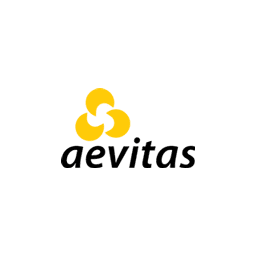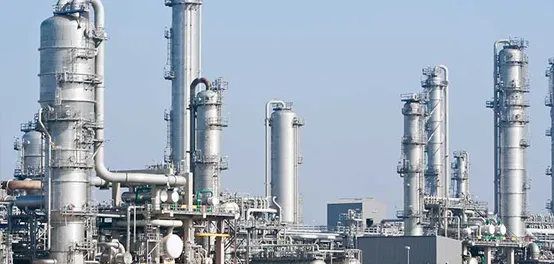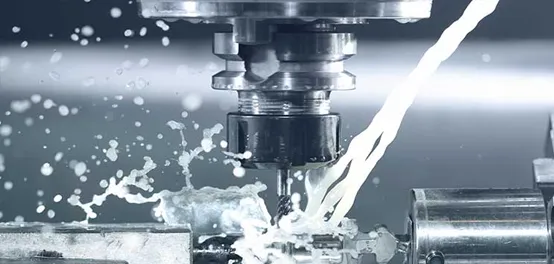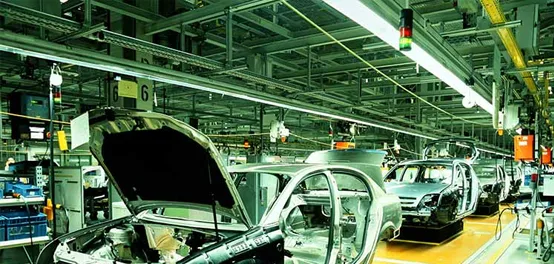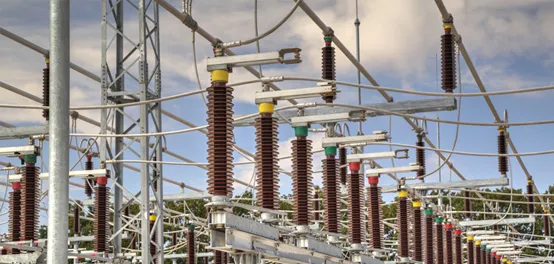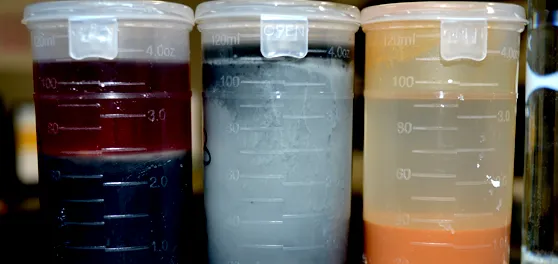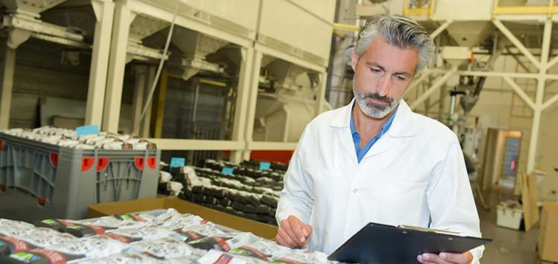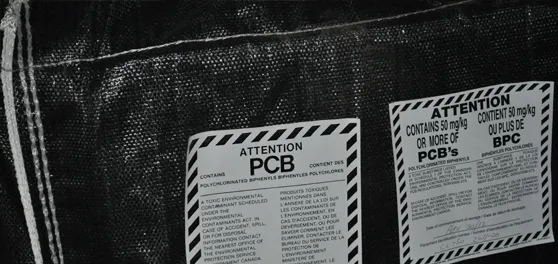Hazardous Waste Disposal Services in Ontario
Proper disposal of hazardous waste is crucial for environmental protection and regulatory compliance.
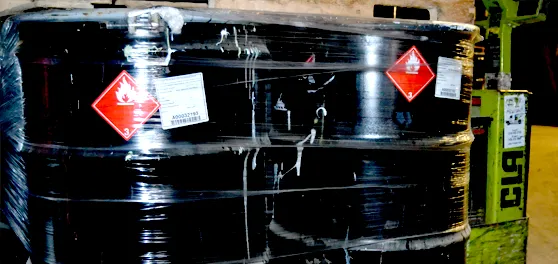
You can count on Aevitas to protect the environment and your company’s reputation.
We understand the diverse and complex nature of waste disposal needs for companies across various industries. Our team of knowledgeable and experienced waste disposal professionals is dedicated to collaborating with you to develop a comprehensive plan that meets your company’s hazardous and non-hazardous waste removal requirements.
Our Turn-Key and Customized Solutions Include:
- Waste Identification, Classification, and Profiling: Our experts will assist to identify, classify, and profile both hazardous and non-hazardous waste streams to ensure accurate and compliant disposal.
- Labeling, Manifesting, and Packaging: We take care of the entire process, from appropriately labeling and manifesting waste to providing secure and compliant packaging for safe transportation.
- Chemical Packing (Lab Pack Service): Aevitas offers specialized lab pack services, ensuring the safe packing and disposal of chemicals and laboratory waste in compliance with regulations.
- Collection and Transportation: Whether in containers or bulk, our collection and transportation services guarantee the secure and timely removal of waste from your facility, adhering to the highest safety standards.
- Disposal and Recycling: We specialize in the disposal of hazardous and non-hazardous waste in various forms, including liquid, solid, semi-solid, sludge, or gas. Our disposal methods prioritize sustainability and environmental responsibility.
- Waste Reporting and Destruction Certificates: Aevitas provides comprehensive documentation, including waste reporting and destruction certificates, ensuring transparency and compliance with regulatory requirements.
Experts in Hazardous Waste Removal
We are an industry leader in the management and disposal of regulated hazardous waste materials with over 30 years experience. Aevitas takes pride in serving commercial, industrial, and institutional customers with tailored solutions that prioritize safety, sustainability, and regulatory compliance. Contact us to meet with one of our local hazardous waste experts today.

